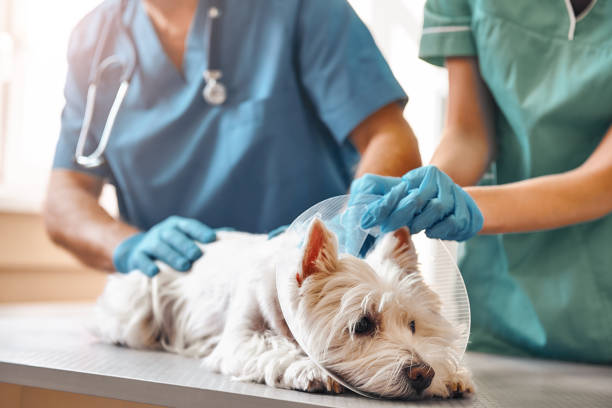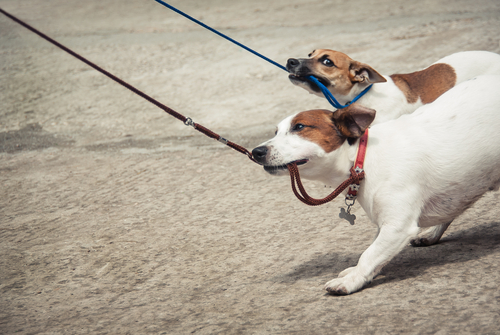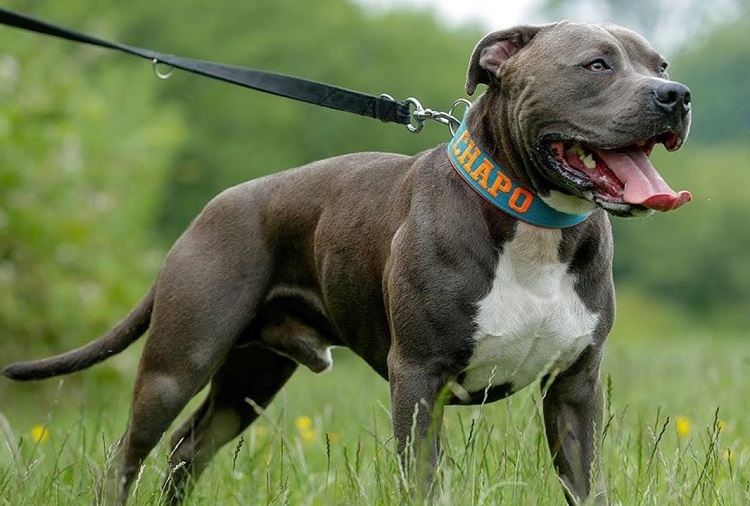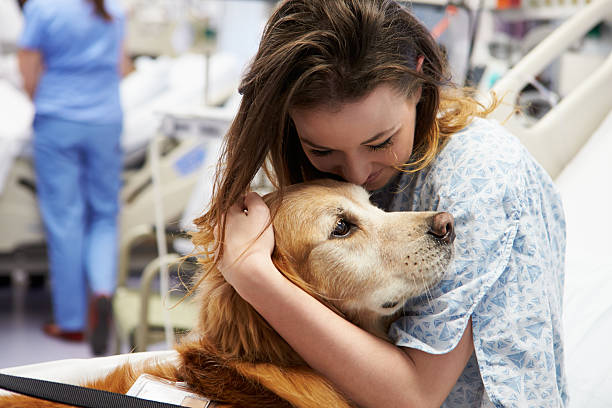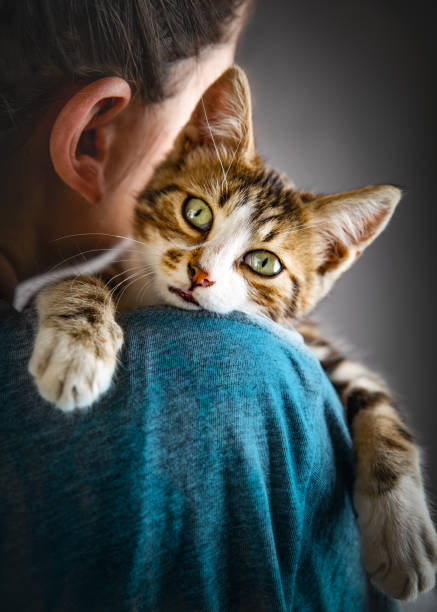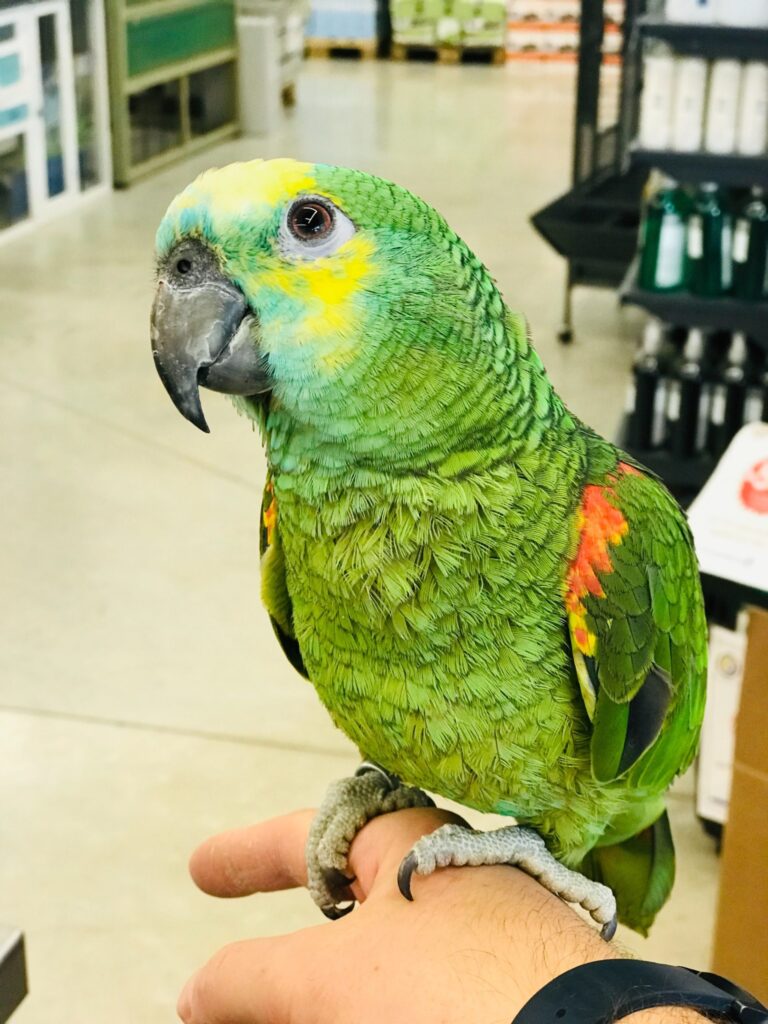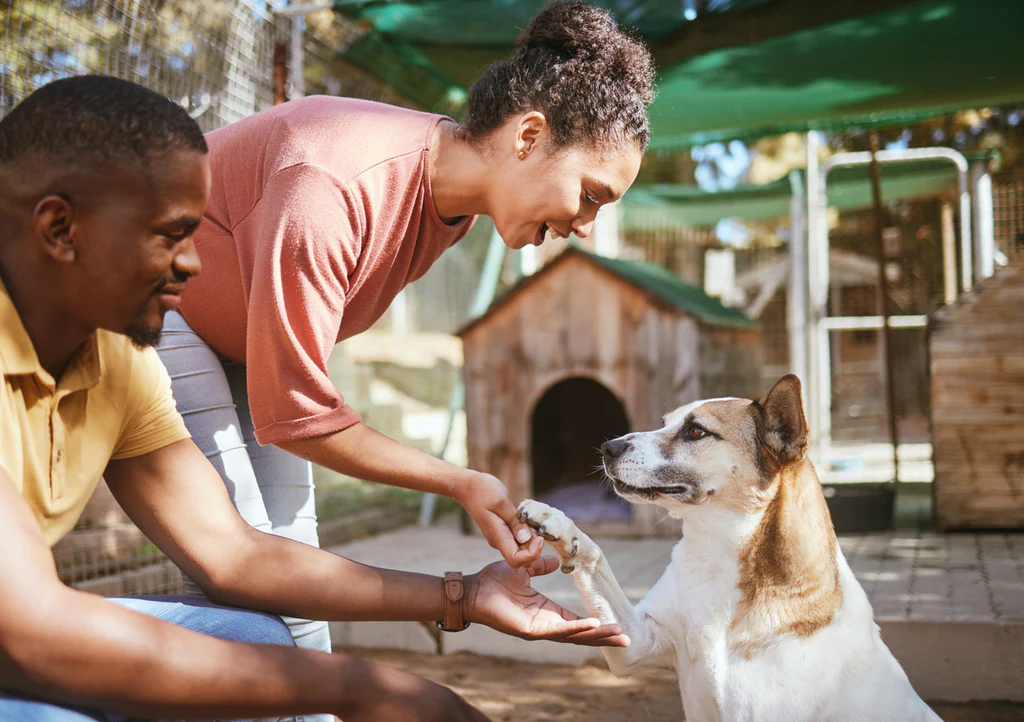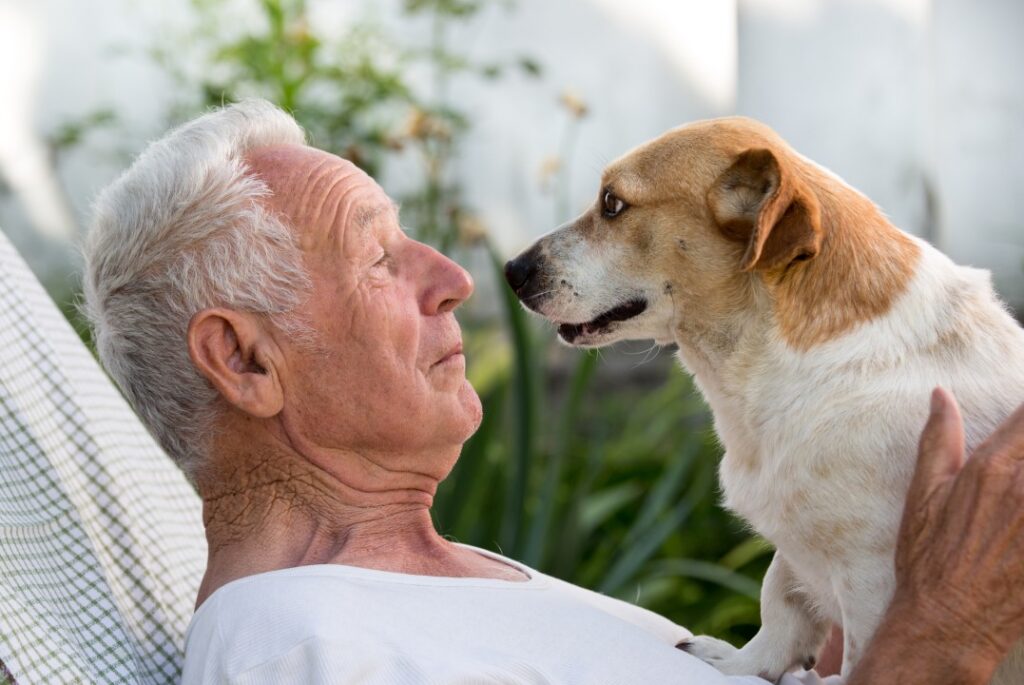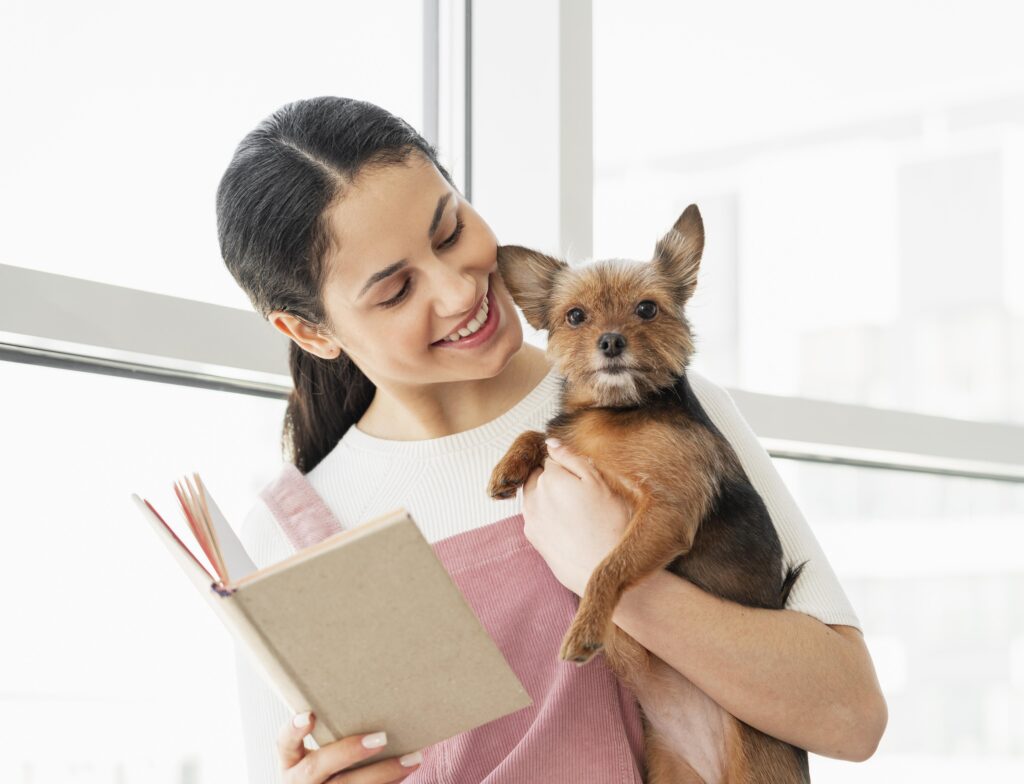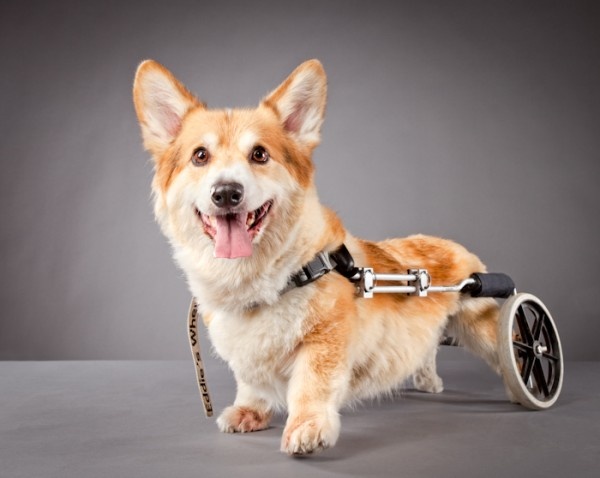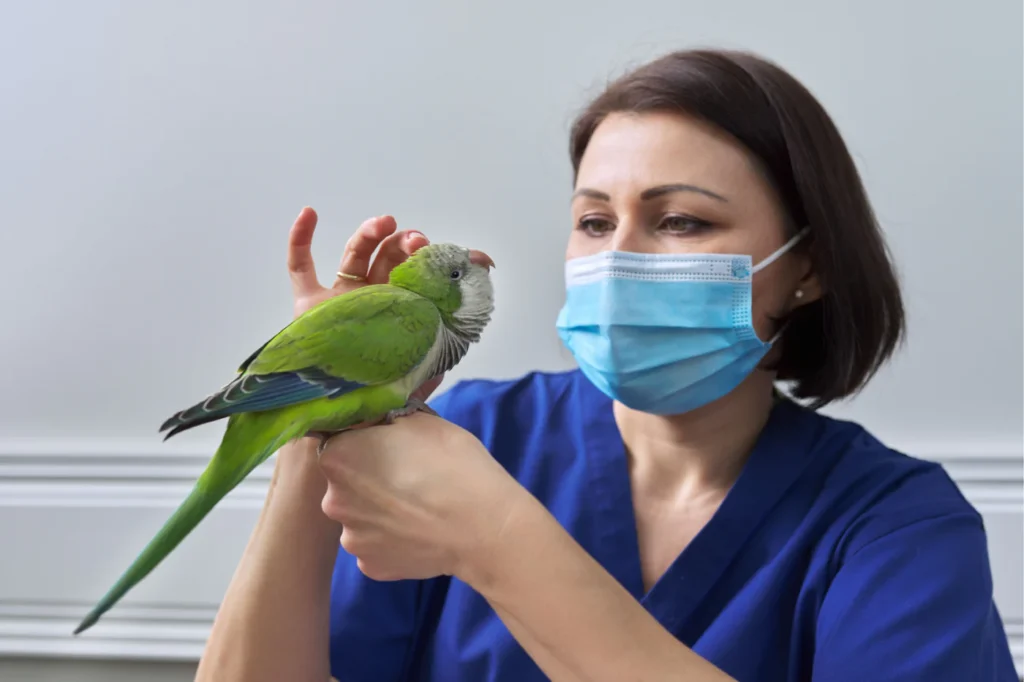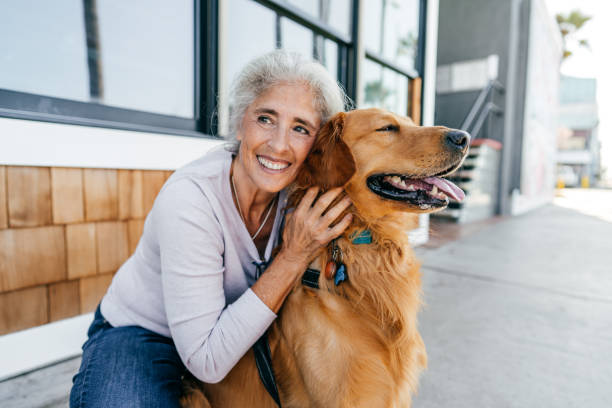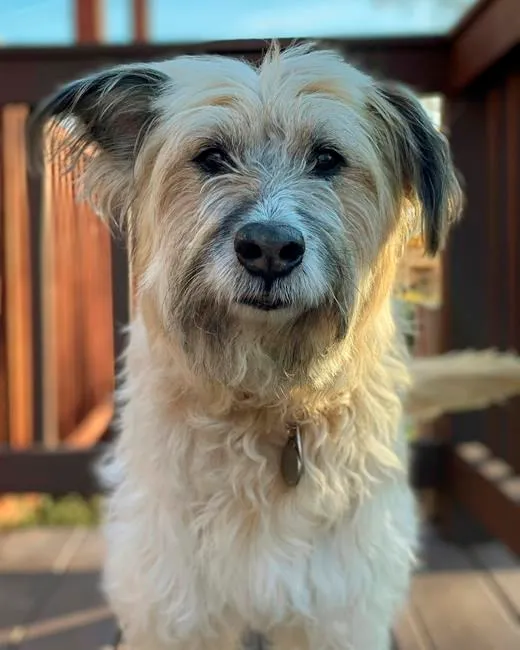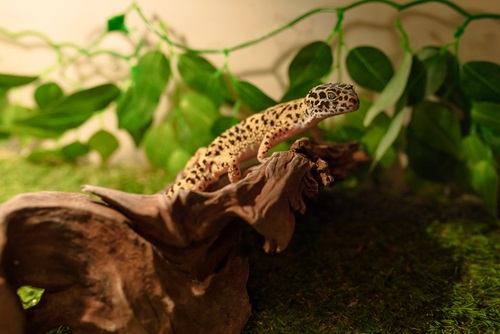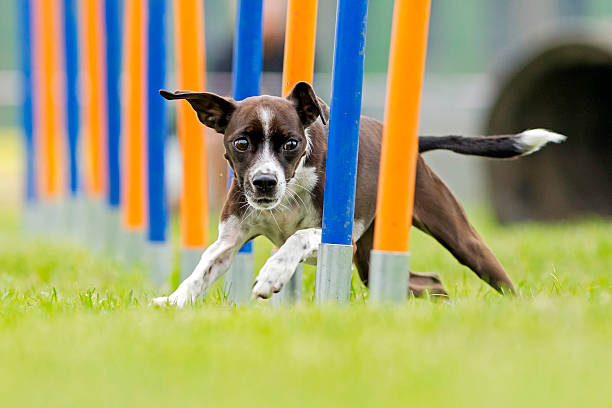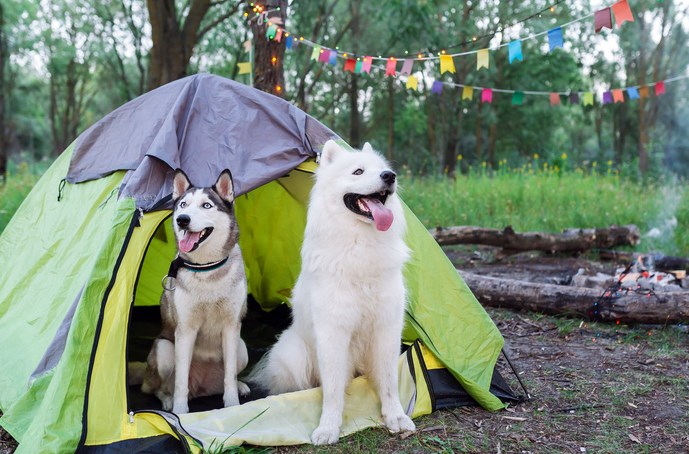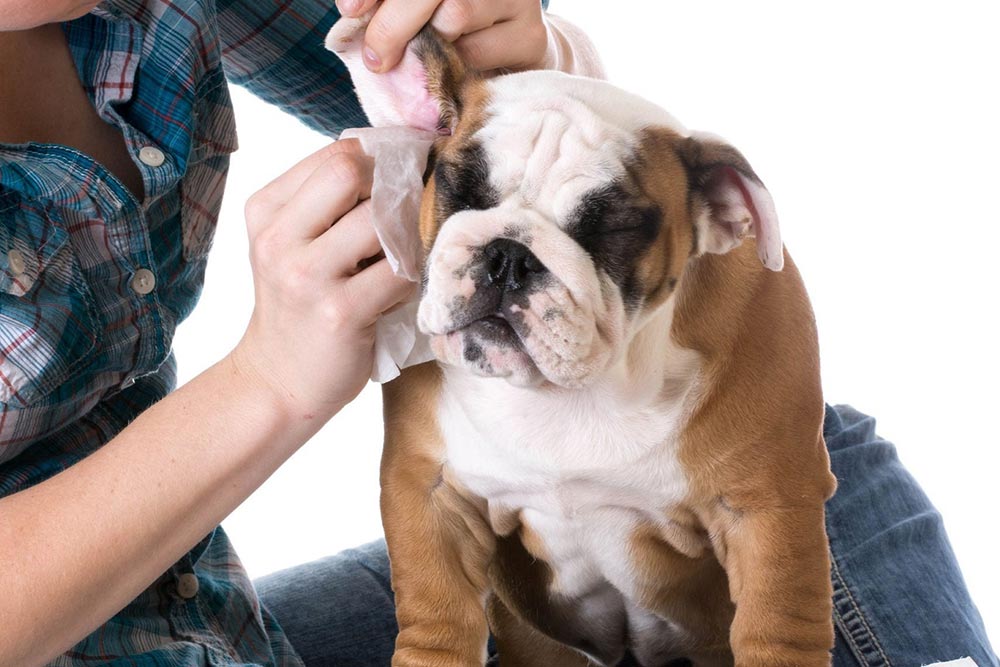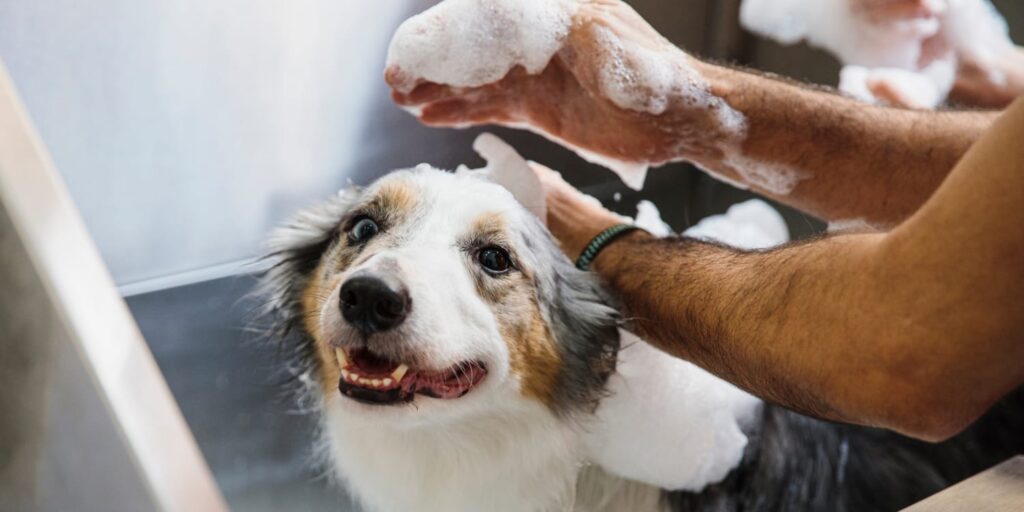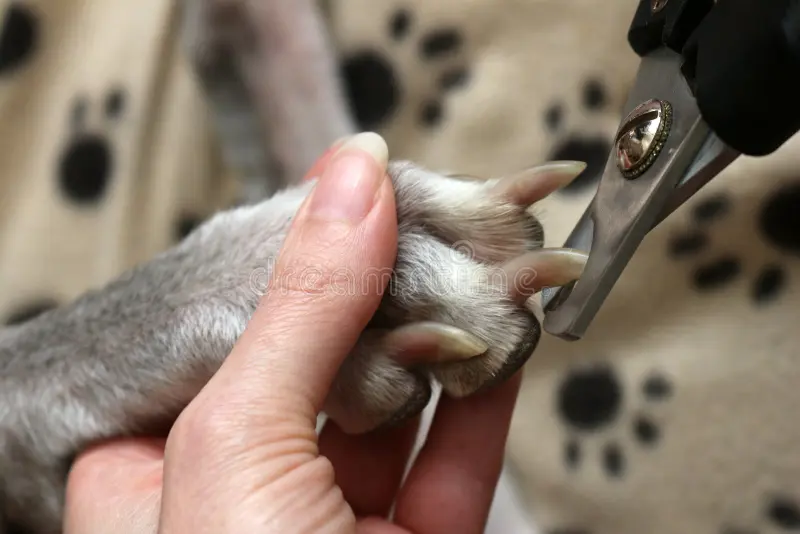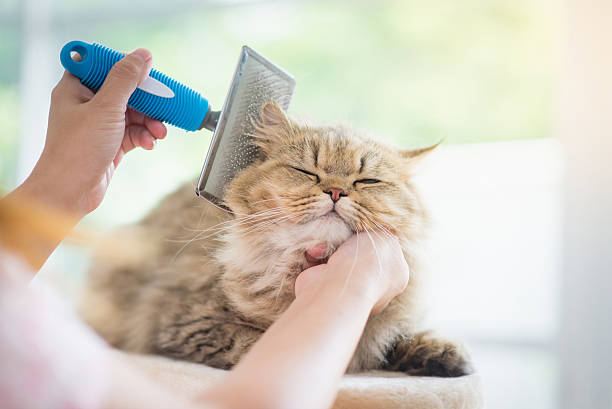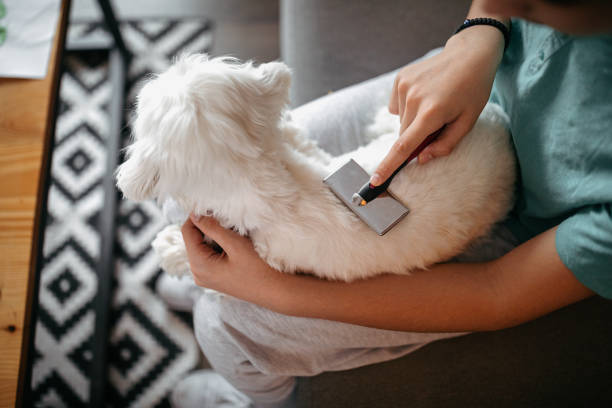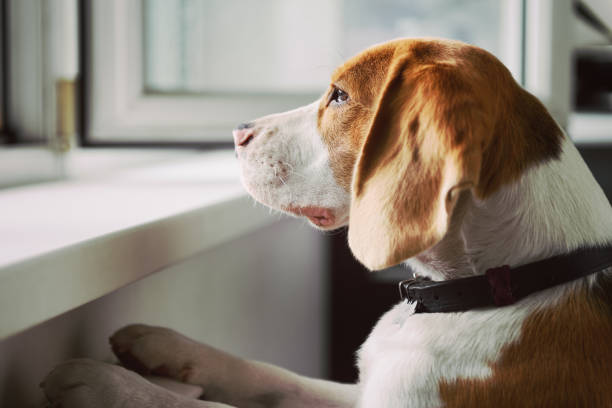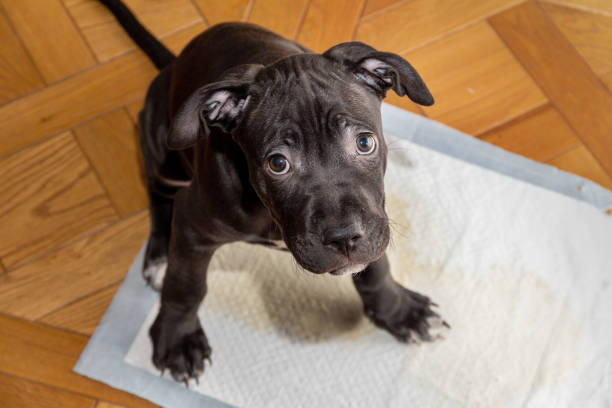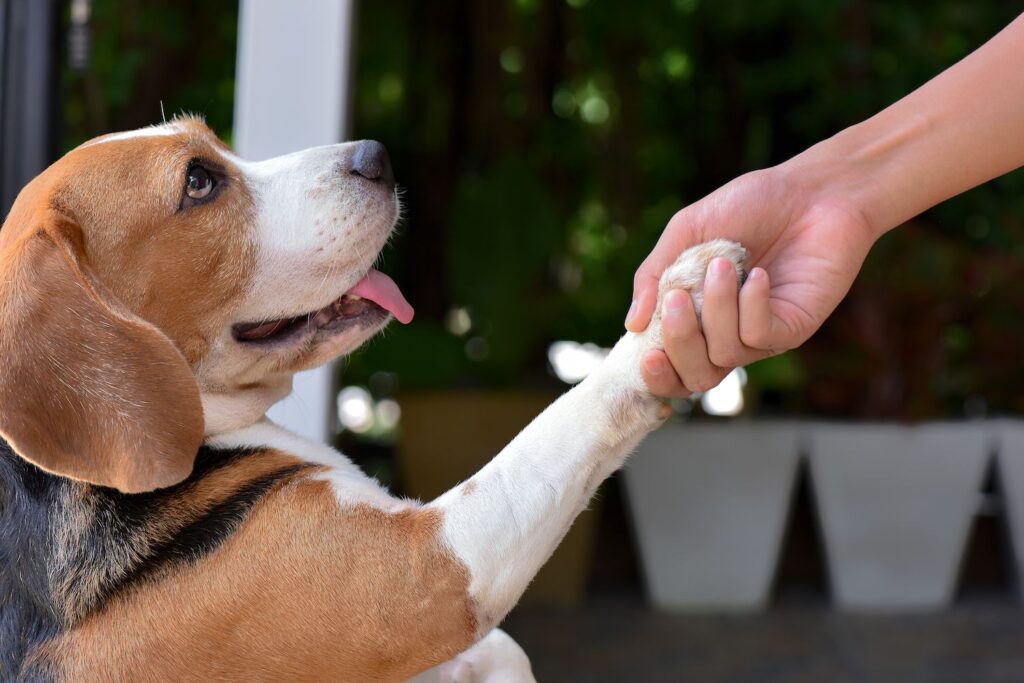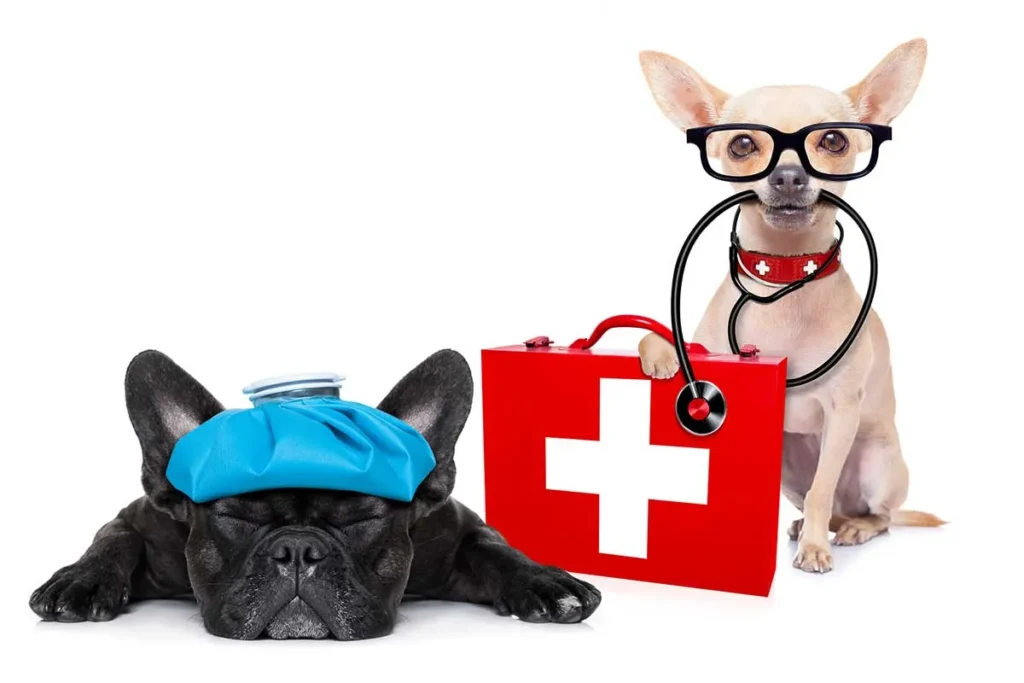Tips for Stress-Free and Safe Travel with Your Pet
Embarking on a road trip with your beloved pet can be an incredibly rewarding experience, filled with unforgettable adventures and bonding moments. However, ensuring the safety and comfort of your furry companion requires careful planning and preparation. In this guide, we’ll explore essential tips for planning a road trip with your pet to make the journey enjoyable and stress-free for both of you.
Preparation Before the Trip
Health Check-up and Vaccinations
Before hitting the road, schedule a visit to your veterinarian for a thorough health check-up and ensure that your pet is up-to-date on vaccinations. This is especially crucial if you’re traveling to areas where your pet may be exposed to unfamiliar diseases or parasites.
Microchipping and Identification
In case your pet gets lost during the trip, make sure they are microchipped and wearing a collar with an ID tag containing your contact information. This simple precaution can significantly increase the chances of being reunited with your pet if they wander off.
Training and Acclimation
If your pet isn’t accustomed to car travel, gradually introduce them to short rides to help them acclimate to the experience. Use positive reinforcement techniques to create a positive association with car trips, and consider practicing basic commands to ensure obedience during the journey.
Packing Essentials for Your Pet
Food and Water
Pack an ample supply of your pet’s regular food and bottled water to last the duration of the trip. Sudden changes in diet or water source can upset your pet’s stomach, leading to discomfort and potential health issues.
Comfort Items
Bring along familiar items such as their favorite toys, blankets, and bedding to provide comfort and a sense of security during the journey. Having familiar scents and objects nearby can help reduce anxiety and stress.
Safety Equipment
Invest in proper safety equipment such as a secure crate, harness, or pet seat belt to restrain your pet and prevent them from roaming freely inside the vehicle. This not only protects your pet in the event of sudden stops or accidents but also minimizes distractions for the driver.
Ensuring Safety and Comfort During Travel
Proper Restraint
Always secure your pet using appropriate restraints while traveling in a vehicle to prevent injuries and accidents. Whether it’s a crate, harness, or seat belt, ensure it’s properly fitted and comfortable for your pet.
Temperature Control
Maintain a comfortable temperature inside the vehicle by avoiding extreme heat or cold. Never leave your pet unattended in a parked car, as temperatures can escalate rapidly and pose a serious risk of heatstroke or hypothermia.
Frequent Breaks
Plan regular rest stops along your route to allow your pet to stretch their legs, relieve themselves, and stay hydrated. Use designated pet rest areas whenever possible and never leave your pet alone in the car, even for a short period.
Accommodation and Pet-Friendly Stops
Choosing Pet-Friendly Accommodations
When booking accommodations for your trip, opt for pet-friendly hotels, motels, or vacation rentals that welcome furry guests. Many establishments offer amenities such as pet beds, food bowls, and designated pet areas for added convenience.
Researching Pet-Friendly Stops
Plan your route in advance and research pet-friendly attractions, parks, and restaurants where your pet is welcome to join you. This allows you to incorporate fun and enriching experiences for both you and your pet along the way.
Being Respectful of Others
Be considerate of fellow travelers and pet owners by keeping your pet leashed and under control in public spaces, cleaning up after them, and respecting any posted rules or regulations regarding pets.
Managing Anxiety and Stress
Familiarity and Routine
Stick to your pet’s regular feeding, exercise, and sleep schedule as much as possible during the trip to provide a sense of familiarity and routine. Consistency can help alleviate stress and anxiety for your pet.
Calming Techniques
Use calming techniques such as soothing music, pheromone diffusers, or natural remedies to help relax an anxious or nervous pet during travel. Additionally, consider consulting with your veterinarian about safe and effective anxiety-relief options.
Veterinary Support
If your pet experiences severe anxiety or stress during travel, don’t hesitate to seek guidance from your veterinarian. They can offer advice, prescribe medication if necessary, and provide support to help your pet cope with the challenges of road travel.
Conclusion
Embarking on a road trip with your pet can be a rewarding and unforgettable experience, provided you take the necessary precautions to ensure their safety and comfort. By following these tips for planning a road trip with your pet, you can create lasting memories and cherished adventures together.




